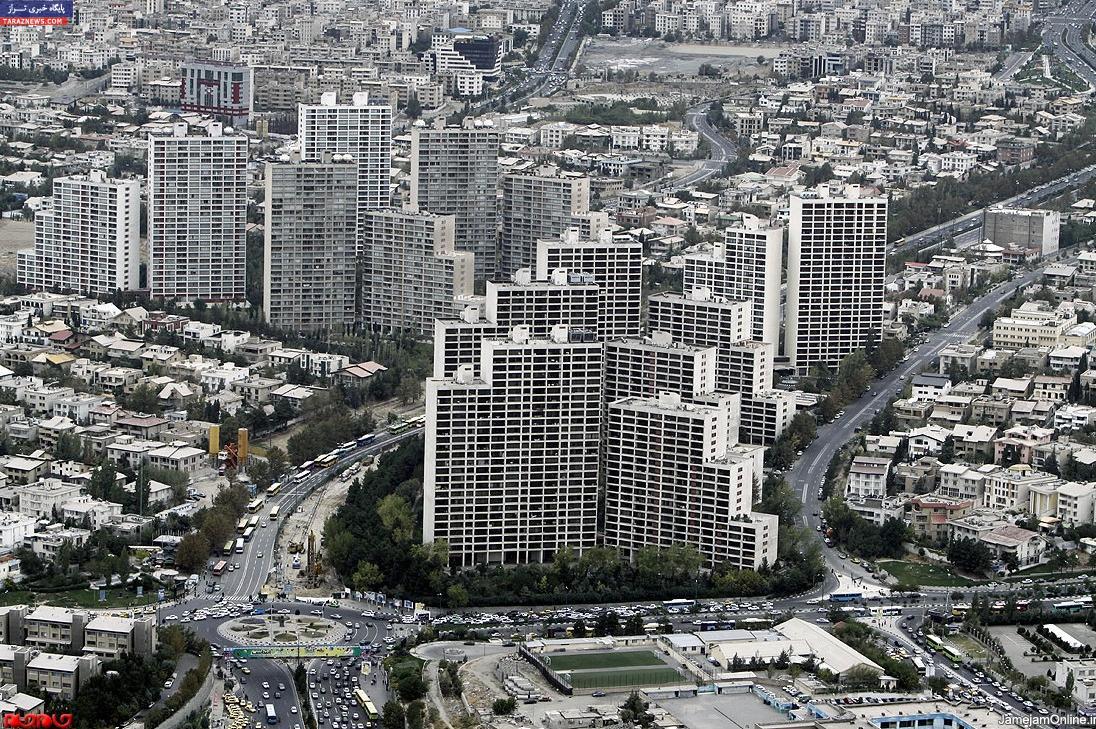With the real estate transactions on the rise, analysts are divided on how this might impact housing prices in the upcoming Iranian year, which starts on March 21.
The national, and more specifically Tehran’s housing market, has experienced explosive growth over the past few years, only to come to a sudden halt last year.
Housing prices are tied closely to the international value of rial, which reached its all-time low two years ago after the EU and the US imposed a new round of sanctions on the country over its nuclear energy program in 2012.
Data provided by the Statistical Center of Iran (SCI) shows that housing prices in Tehran increased by 83.2 percent in the Iranian year 1391 (March 20, 2011- March 20, 2012) and by another 51.9 percent in the subsequent quarter.
However, the market slowed down remarkably in the current Iranian year (started March 21, 2014). In the first quarter of this year, investment increased by only 7 percent compared to the same period last year.
Real estate construction has decreased by 90 percent relative to its 1391 average.
Although prices have failed to increase, transactions have risen significantly. Economists have offered different explanations about how this apparent increase in asset liquidity might influence future prices.
While some analysts predict that rising transactions will push up demand and hence prices, many others argue that demography and the construction industry are more important contributing factors.
Head of the Union of Tehran Real Estate Consultants, Hesam Oqabayee, believes rising transactions will lead to growth in prices, even though the housing market is still facing recession.
Jamshid Barzegar, who is the head of the Iranian Mass Constructors Association, believes no improvement is visible, arguing that “the high rate of pre-sales in the real estate market implies that recession is here to stay.”
Beytollah Sattarian, professor at the University of Tehran and a housing expert, pointed in an interview with Eqtesad-News that transactions have in fact not increased on an annual basis. “In 2012, the market experienced a price shock and transactions hit a record, but after that, prices stabilized and even dropped. The bursting of the bubble implies that transactions will not return to previous conditions,” he remarked.
Forecast
One of the root causes of this inherent volatility is the central role small investments play in the real estate market. “The housing market is inundated with small investors who pull back the moment prices start falling. That is why the SCI announced a 50 percent drop in construction projects [for this year],” Setarian told Fars news agency back in January.
Sattarian argues that the current stagnation will inevitably lead to growth in the future, adding that demographic growth will play an important role in increasing prices next year.
To meet the demand of a growing population, Iran should build 12 million housing units over the next ten years.


